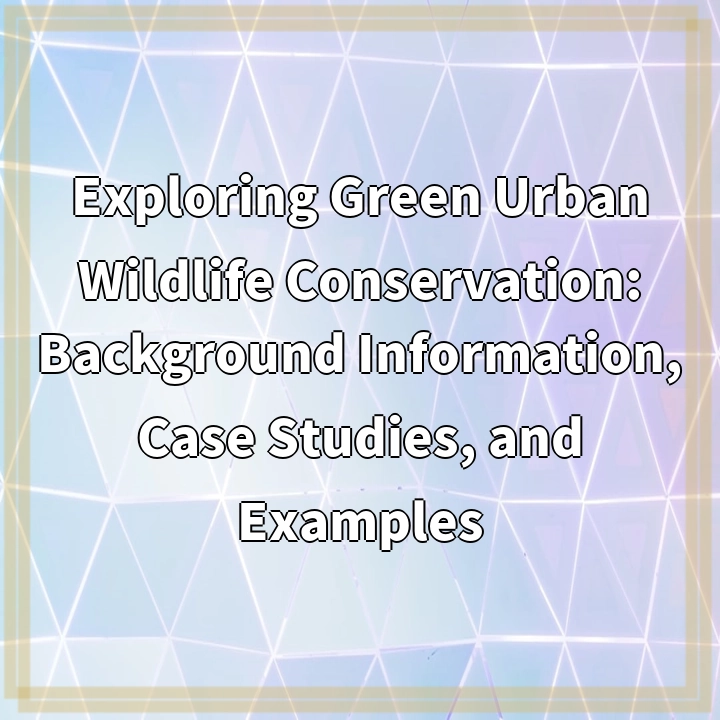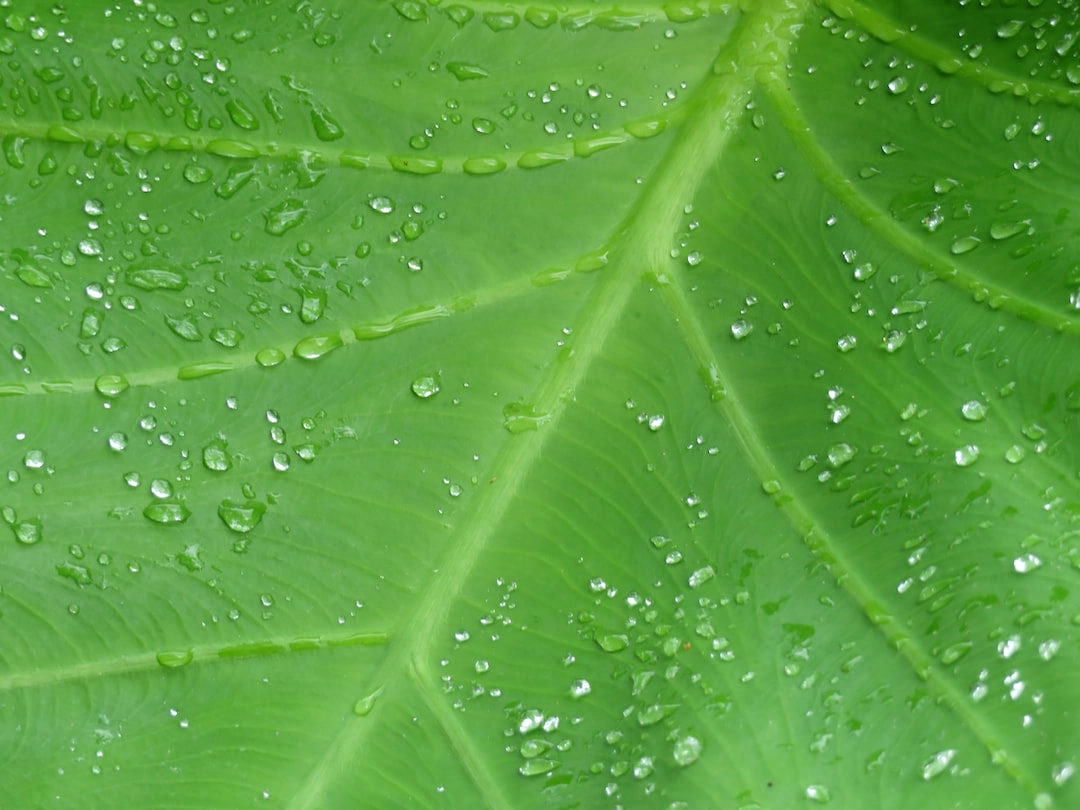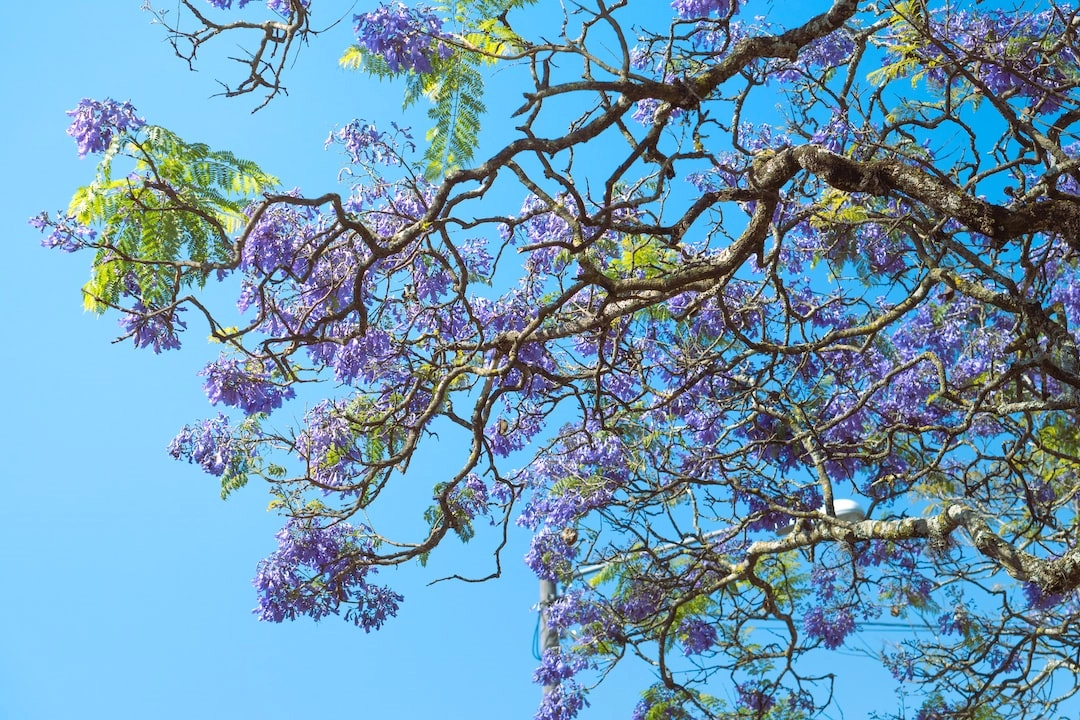
Exploring Green Urban Wildlife Conservation: Background Information, Case Studies, and Examples
Green urban wildlife conservation is a growing field that focuses on preserving and enhancing biodiversity in urban environments. It recognizes the importance of maintaining and promoting wildlife habitats within cities while also taking into account the unique challenges posed by urbanization.
Urban areas are often characterized by concrete jungles, limited greenspace, and fragmented habitats. These conditions can pose significant threats to wildlife populations, leading to a loss of biodiversity and disruptions in ecosystem functioning. Green urban wildlife conservation seeks to address these issues by integrating nature into cities and ensuring sustainable coexistence between humans and wildlife.
Background Information:
Benefits of Green Urban Wildlife Conservation:
1. Enhances Wildlife Habitat: By creating green spaces and conserving natural areas within cities, green urban wildlife conservation provides vital habitats for various species. These habitats can support a wide range of wildlife, including birds, insects, small mammals, and even rare or endangered species.
2. Improves Biodiversity: Urban areas can harbor a surprising amount of biodiversity, and green urban wildlife conservation aims to protect and enhance this diversity. By supporting a variety of species within cities, it helps promote healthy ecosystems and ecological balance.
3. Enhances Ecosystem Services: Urban wildlife conservation can have several positive impacts on ecosystem services. Vegetation and green spaces can improve air quality, regulate temperature, reduce noise pollution, and mitigate the effects of climate change, making cities more livable for both humans and wildlife.
4. Provides Educational Opportunities: Green urban wildlife conservation initiatives can also serve as educational platforms, creating opportunities for community engagement and raising awareness about the importance of wildlife and nature in urban settings. This can foster a sense of environmental stewardship and inspire future conservation efforts.
Case Studies or Examples:
The High Line Park, New York City:
The High Line Park is a renowned example of green urban wildlife conservation. Built on a historic elevated rail line, this linear park in Manhattan has transformed into a vibrant green space that supports a rich variety of plants, insects, birds, and other wildlife. The park’s design incorporates native plantings, hives for bees, and habitat structures like birdhouses, providing important resources for urban wildlife.
BioBlitz in London, United Kingdom:
The BioBlitz in London is an annual event that brings together experts, volunteers, and the local community to survey and document the species found in the city’s parks and green spaces. Through citizen science, this event aims to raise awareness about urban biodiversity and create a better understanding of the wildlife that thrives in London’s urban environment.
In conclusion, green urban wildlife conservation is a critical endeavor that aims to protect and enhance biodiversity in urban areas. By creating and maintaining wildlife habitats within cities, it provides numerous benefits for both wildlife and humans. Through initiatives like the High Line Park and events like the BioBlitz in London, we can see real-world examples of successful green urban wildlife conservation efforts. By prioritizing the integration of nature into cities, we can ensure a sustainable and harmonious coexistence between humans and wildlife, even in the concrete jungles of urban areas.

Solutions for Green Urban Wildlife Conservation
In order to address the challenges associated with green urban wildlife conservation and ensure the preservation and enhancement of biodiversity in urban environments, the following solutions can be implemented:
1. Green Infrastructure Development:
Constructing and maintaining green infrastructure is crucial for creating and connecting wildlife habitats within cities. This includes the establishment of parks, green corridors, rooftop gardens, and urban forests. These green spaces provide essential resources for wildlife, such as food, shelter, and breeding grounds, helping to support diverse species populations.
2. Native Planting and Landscaping:
Choosing native plant species for landscaping purposes can have numerous benefits for urban wildlife. Native plants are well adapted to the local environment and provide valuable food and habitat for native insects, birds, and other animals. Incorporating native plantings in urban spaces helps create diverse and resilient ecosystems.
3. Sustainable Urban Design:
Integrating wildlife-friendly features into urban design is essential for green urban wildlife conservation. This can include incorporating bird-friendly glass in buildings, creating wildlife-friendly bridges and tunnels, and designing urban spaces that allow for the movement and migration of animals. Sustainable urban design promotes coexistence between humans and wildlife in urban environments.
4. Community Engagement and Education:
Engaging the community and raising awareness about the importance of green urban wildlife conservation is crucial. This can involve organizing educational programs, workshops, and events that focus on urban biodiversity and the value of wildlife in cities. By involving the public, we can foster a sense of responsibility and inspire collective action for wildlife conservation.
5. Collaboration and Policy Support:
Green urban wildlife conservation requires collaboration between various stakeholders, including government agencies, urban planners, conservation organizations, and the public. Policymakers should prioritize incorporating wildlife-friendly practices and regulations into urban planning policies. Collaboration and policy support can create an enabling environment for the implementation of conservation initiatives.
In conclusion, by implementing green infrastructure, native planting, sustainable urban design, community engagement, and policy support, we can effectively address the challenges associated with green urban wildlife conservation. These solutions promote the coexistence of wildlife and humans in urban environments, ensuring the preservation and enhancement of biodiversity in our cities.















